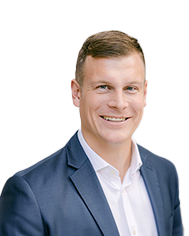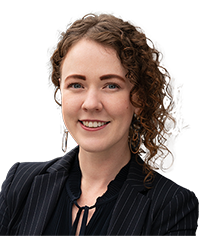Gary LeMaire
Senior Director, CCUS
“I’m drawn to the complexity – CCUS challenges both the engineer and the economist in me. The technologies are evolving fast, and that’s where it gets exciting.”

With a background in chemical and process engineering, Gary leads Worley’s global carbon capture team. He brings a sharp technical lens and pragmatic mindset to one of the most complex – and critical – challenges of industrial decarbonization: making carbon capture commercially viable at scale.
Having spent nearly three decades at Worley and its predecessor companies, Gary has built a uniquely broad career spanning engineering, strategy, project management, and business development. His experience across the full lifecycle of projects gives him a practical, systems-level view of how to scale CCUS technologies for real-world impact to multiple industries.
“The biggest challenge is finding the most suitable carbon capture solution for each asset. No two projects are the same, and with thin margins and complex economics, the technologies selected must be both technically sound and financially viable. Many projects still rely on external incentives – whether that’s tax benefits or government support – to move forward. Balancing proven solutions with emerging technologies involves assessing risk, maturity, and long-term value. Ultimately, success depends on making the right call at the asset level – where performance, cost, and risk intersect in real time.”
Connecting the dots across the value chain
Gary’s perspective is grounded in hands-on experience across both brownfield and greenfield projects – onshore and offshore, upstream, midstream, and downstream. He’s worked closely with global customers and suppliers to help shape decarbonization pathways that are actionable, integrated, and future-ready.
“What makes CCUS unique is that it’s not just about installing a new unit at a plant – it’s about connecting the entire value chain. Capturing CO₂ is only the first step; the real challenge lies in what comes next. CO₂ is rarely a sellable product, so most projects must find a reliable, capital-efficient way to transport and store it. Without firm storage or offtake agreements in place, projects stall. That’s why integration – aligning capture, transport and storage early – is vital. It’s the only way to de-risk investment and move from concept to reality at industrial scale.”
Looking ahead, Gary sees a clear opportunity for governments to accelerate adoption.
“I’d like to see more targeted incentives focused on the lower-cost, easier-to-abate sectors to accelerate post-combustion deployment. That could help prove out the technologies, build confidence, and reduce the cost and risk for harder-to-abate industries. It’s about enabling progress now while setting up future success.”
From technical strategy to practical delivery, Gary is helping turn carbon capture from a complex challenge into a viable pathway to net zero.






